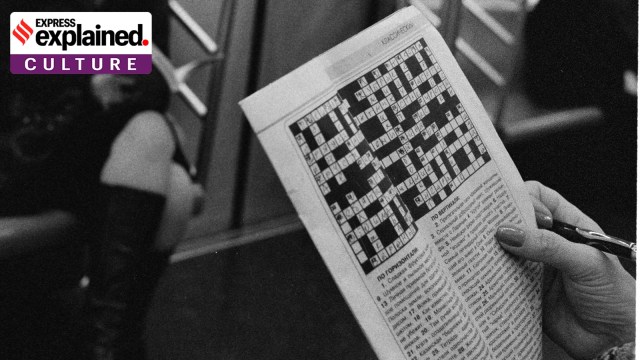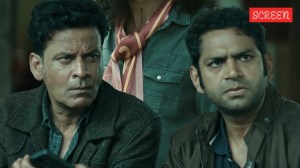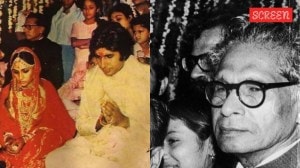How the crossword puzzle was born, 110 years ago
Much like video games helped people get through the pandemic, crosswords gained prominence during tough times during the first half of the previous century.
 Crosswords are popular across the world. This photo is of a woman solving a Russian crossword while in the subway. (Wikimedia Commons)
Crosswords are popular across the world. This photo is of a woman solving a Russian crossword while in the subway. (Wikimedia Commons)The first modern crossword was published on December 21, 1913 in the New York World’s jokes and puzzles supplement. Hundred and ten years later, crosswords continue to captivate people across the world, even as newer forms of passing the time while applying the mind continue to fight for attention.
Here is the story of how crosswords came to be, and what explains their enduring popularity.
Born out of boredom
Arthur Wynne (1871-1945), an editor at the New York World, had a problem — as he prepared the Christmas edition of “Fun”, his newspaper’s jokes and puzzles supplement, he was bored. Wanting to give something new to his readers, he came up with the first modern crossword.
“Wynne designed a numbered, diamond-shape grid with an empty centre. He inserted “fun” at the top as the first ‘across’ entry and called it ‘Word-Cross’,” Deb Amlen, the head writer of The New York Times’ Wordplay column, wrote for the Smithsonian Magazine (‘How the Crossword Became an American Pastime’, 2019).
This looked fairly different from crosswords today, but in essence, was the same puzzle. Readers had to fill the blank squares with letters to form words horizontally or vertically, and the puzzle-maker provided somewhat esoteric clues to help in this endeavour.
A couple of weeks later, due to a typographical error, ‘Word-Cross’ became ‘Cross-Word’, and the name has stuck ever since.
The crossword boom in the 1920s
During the 1920s, the crossword boomed, despite being met with scorn from arguably the most influential newspaper of the time: The New York Times. Calling it a “familiar form of madness”, The NYT wrote multiple editorials dismissing them as a passing fad, and warning about the futility of solving such puzzles.
“They [those solving crosswords] get nothing out of it except a primitive sort of mental exercise, and success or failure in any given attempt is equally irrelevant to mental development,” one editorial read.
Yet, readers had gotten a taste for it (more on the why later). Starting in 1924, the Amateur Cross Word Puzzle League of America started setting rules, many of which have stuck till date.
It set rules such as “‘all over interlock’, which meant that no part of the grid could be completely cut off by the black squares; only one-sixth of the squares could be black; and the grid design had to be symmetrical,” Amlen wrote.
A solace in troubled times
Now, the crossword first emerged on the eve of World War I. Its initial popularity was spurred by the need for distractions amidst the grim daily news of the War.
“As the war progressed and headlines in the [New York] World became increasingly bleak, the paper’s advertising efforts to point solvers to the puzzle also dialled up, with banners on the front pages directing readers straight past the dire news and to the crossword,” Adrienne Raphel, author of Thinking Inside the Box: Adventures with Crosswords and the Puzzling People Who Can’t Live Without Them, wrote for Time magazine (‘Crosswords Have Always Been a Solace in Times of Trouble’, 2020). Other newspapers would soon follow suit.
It would take another war, over two decades later, for The New York Times to get off its high horse (it was the last major daily in the US and UK not to have a puzzle section). On February 15, 1942, two months after Japan’s raid on Pearl Harbour sent shockwaves in the United States, and as Europe remained under Nazi occupation, The NYT published its first crossword.
“Suddenly, the puzzle was not a frivolous distraction but a necessary diversion, something to keep readers sane with the rest of the news so bleak… [and] the crossword would provide readers something to occupy time during coming blackout days,” Raphel wrote.
The NYT instituted rules that are now industry standard — giving birth to the modern crossword as we know it. “In 1945, the war ended… [but] the crossword remained, transitioning from relief to ritual,” Raphel wrote.
To solve a crossword puzzle, click here.
- 01
- 02
- 03
- 04
- 05






































